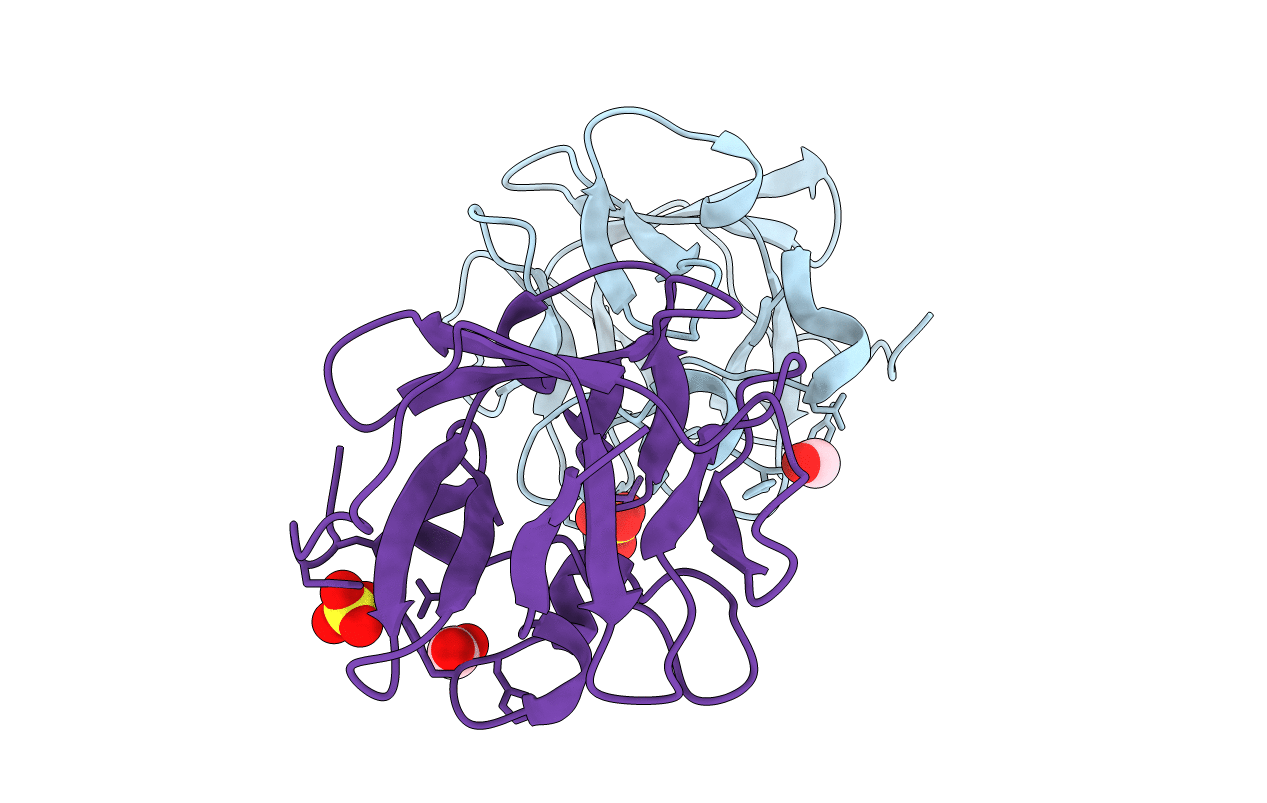
Deposition Date
2008-04-02
Release Date
2009-04-07
Last Version Date
2023-08-30
Entry Detail
PDB ID:
3CQA
Keywords:
Title:
Crystal structure of human fibroblast growth factor-1 with mutations Glu81Ala and Lys101Ala
Biological Source:
Source Organism:
Homo sapiens (Taxon ID: )
Host Organism:
Method Details:
Experimental Method:
Resolution:
1.80 Å
R-Value Free:
0.21
R-Value Work:
0.19
R-Value Observed:
0.19
Space Group:
C 2 2 21


